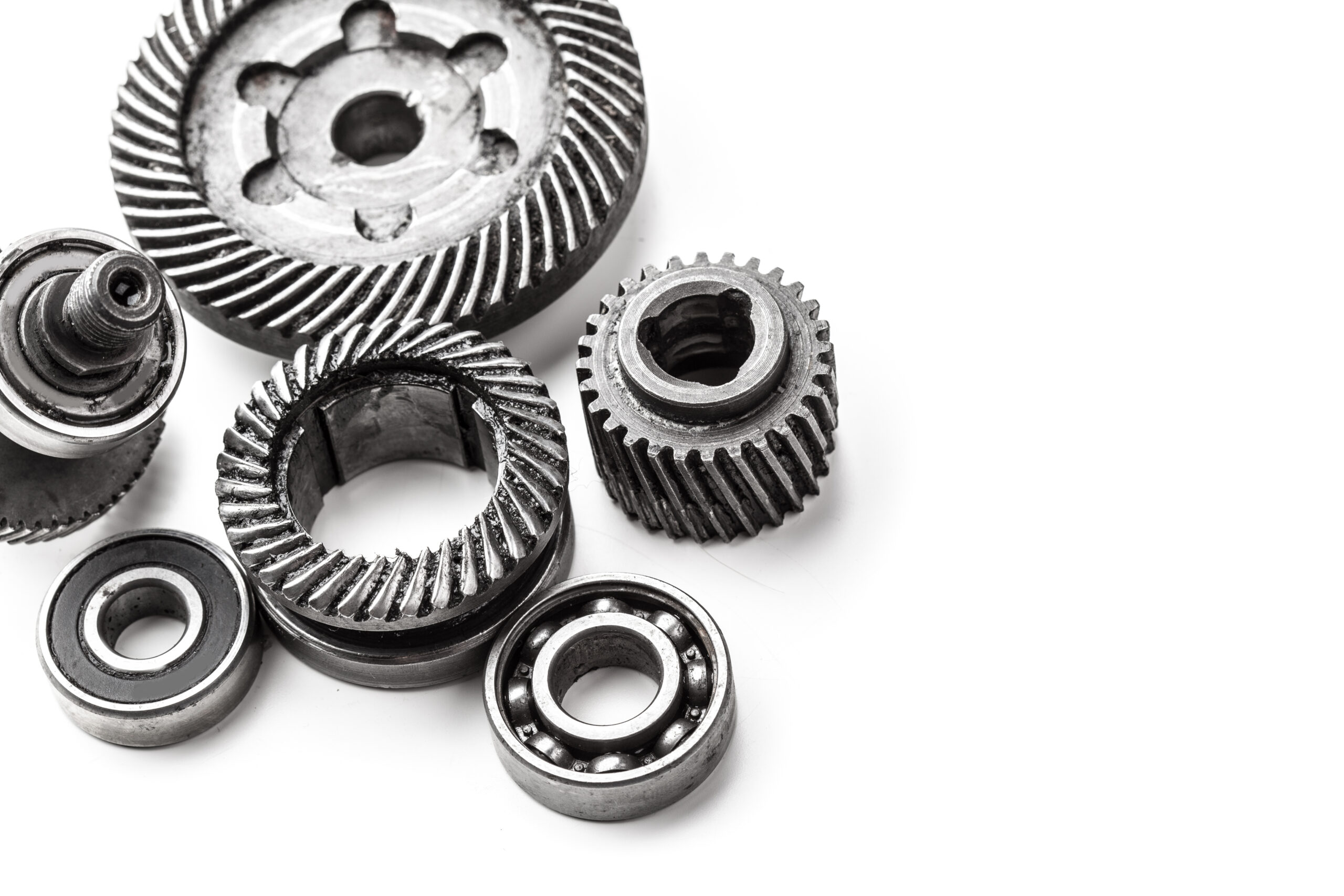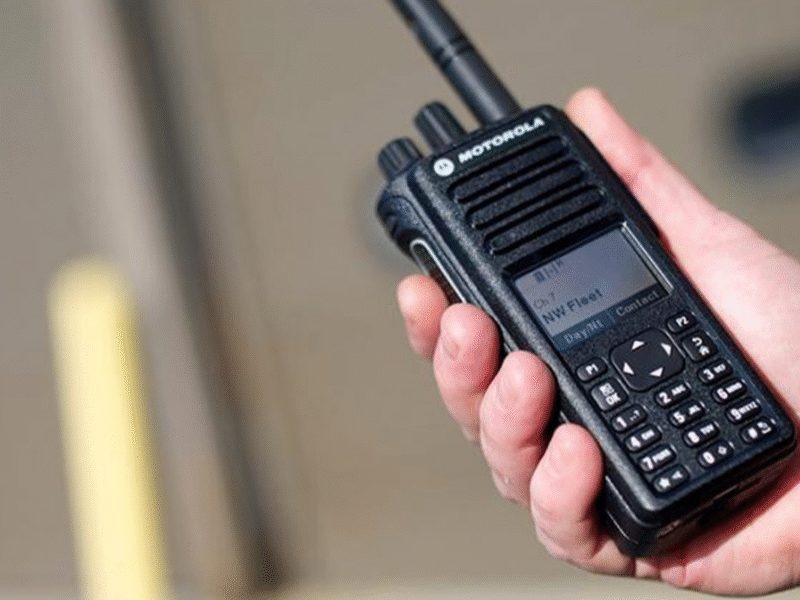When it comes to mechanical power transmission systems, few components are as fascinating or functionally critical as the planetary gear ring. This integral element in planetary gear systems is reshaping how industries approach power, efficiency, and compact design. From automotive transmissions to aerospace mechanisms and industrial automation, the planetary gear ring stands out as a core innovation driving performance in today’s engineering challenges.
In this guest post for Me Virtuoso, we’ll explore what makes the planetary gear ring so vital, how it works, and why it remains indispensable in modern mechanical design.
What Is a Planetary Gear Ring?
The planetary gear system, also known as an epicyclic gear train, consists of three main components:
- Sun gear (central gear),
- Planet gears (rotating around the sun gear), and
- Planetary gear ring (also called the ring gear or annulus).
The planetary gear ring is the outermost component. It is a large circular gear with inward-facing teeth that mesh with the planet gears. This structure allows the planet gears to rotate both around the sun gear and within the internal teeth of the ring, creating a dynamic, efficient, and compact system for torque transfer.
How It Works
The planetary gear ring plays a crucial role by serving as:
- A stationary element that allows the planet gears to rotate around the sun.
- A rotating component that delivers output or input torque.
- A support structure that helps distribute load evenly across the gear set.
Depending on which element is held fixed, which is input, and which is output, the same planetary gear system can provide different gear ratios—including reduction, neutral, or overdrive.
For instance, in a typical automatic transmission:
- The sun gear might serve as the input.
- The planet gears act as carriers.
- The planetary ring gear becomes the output.
This configuration offers high torque density in a compact package, making it ideal for applications where space and weight are critical factors.
The Engineering Advantage of Planetary Gear Rings
The planetary gear ring is not just a passive component—it is an active driver of performance, reliability, and flexibility. Here’s why it’s so widely adopted across industries:
1. High Torque in Compact Spaces
Planetary gear systems can transmit large amounts of torque with relatively small gear sizes. The ring gear’s internal teeth allow the load to be distributed among multiple planet gears, significantly increasing torque capacity.
2. Efficiency and Load Sharing
Due to the balanced load distribution among planet gears, stress is minimized on individual components. The ring gear helps maintain symmetrical torque delivery, reducing wear and increasing the system’s lifespan.
3. Modular and Scalable Design
Because of its circular symmetry, a planetary gear ring can be scaled up or down easily. It also supports modular assembly, which is particularly useful in robotics, renewable energy systems, and electric vehicles (EVs).
4. Versatility in Applications
From low-speed, high-torque operations in mining equipment to high-speed aerospace systems, planetary gear rings offer the versatility that traditional gear arrangements can’t.
Real-World Applications
Let’s look at a few key industries where the planetary gear ring is making a big impact:
Automotive
Automatic transmissions rely heavily on planetary gear sets for smooth gear changes and efficient torque conversion. With rising demand for EVs, planetary systems help optimize performance while minimizing energy loss.
Aerospace
In aerospace engines and actuators, planetary gear rings contribute to reduced weight and improved power-to-weight ratios, enabling more efficient flight control systems and landing gear mechanisms.
Industrial Automation
Planetary gearboxes with ring gears are critical in robotics and conveyor systems. Their compact size and precise movement allow for accurate control in tight spaces.
Wind Turbines
Wind energy systems use planetary gear rings in their gearboxes to convert the low-speed rotation of blades into high-speed rotation for electricity generation.
Innovations in Planetary Gear Ring Design
With the increasing demand for sustainability, miniaturization, and performance, engineers are pushing the boundaries of planetary gear ring design. Notable innovations include:
- Advanced Materials: High-strength alloys and composites reduce weight without compromising durability.
- Additive Manufacturing (3D Printing): Enables the creation of intricate internal gear geometries that were previously impossible with traditional machining.
- Surface Treatments: Techniques like nitriding and carburizing improve wear resistance and reduce friction.
These innovations ensure the planetary gear ring remains at the forefront of mechanical engineering technology.
Final Thoughts: A Ring That Powers the Future
The planetary gear ring may not always get the spotlight, but without it, the efficiency and versatility of modern gear systems would be impossible. As industries continue to evolve toward more compact, lightweight, and powerful machines, the planetary gear ring is set to play an even bigger role in the innovation ecosystem.
At Me Virtuoso, where engineering meets ingenuity, exploring the components that quietly revolutionize motion is part of our mission. Whether you’re designing a robotic arm, optimizing a wind turbine, or rethinking electric vehicle drivetrains, understanding the power behind the planetary gear ring is a step toward smarter, more efficient mechanical systems.



